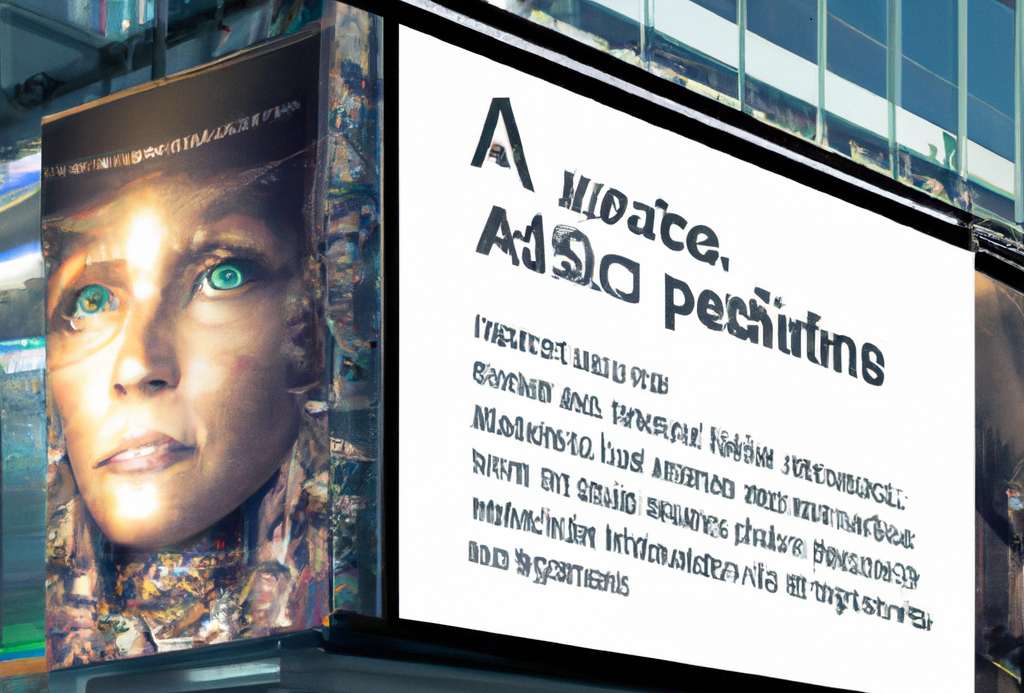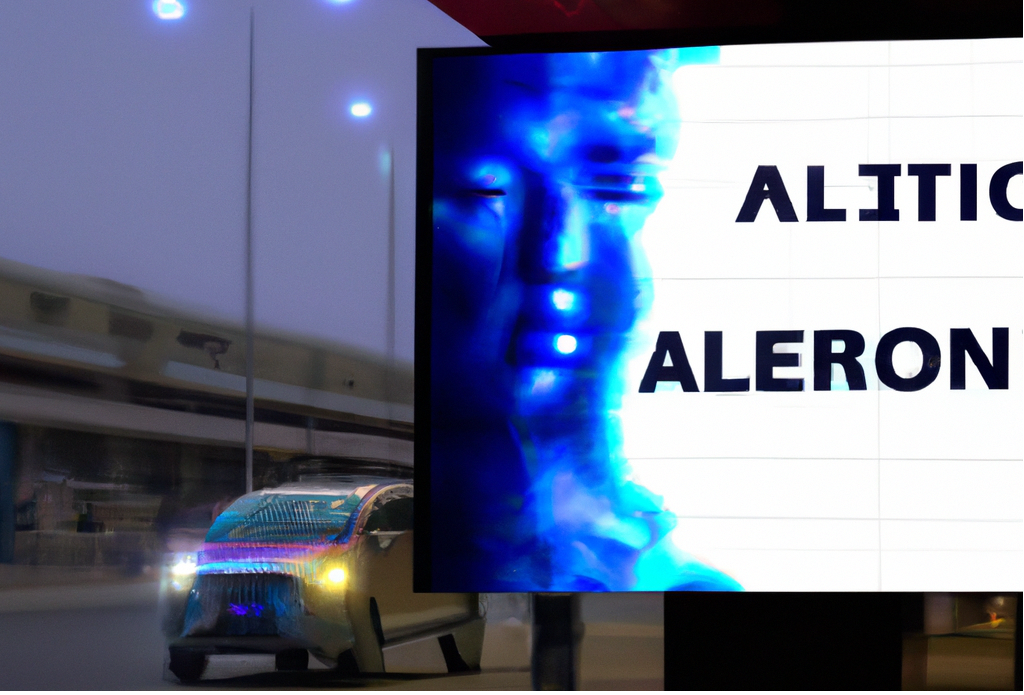ChatGPT and Digital Out Of Home
News and media are awash with stories about ChatGPT at the moment. For those of you who might have switched off your phones and lap tops for the last three months and do not know what we are talking about we can start with a little introduction and who better to explain what it is than ChatGPT itself:
ChatGPT is a cutting-edge, state-of-the-art language model developed by OpenAI. It’s a Generative Pre-trained Transformer (GPT) that leverages the latest advancements in natural language processing (NLP) and machine learning to deliver advanced language-based capabilities, such as text generation, question-answering, and text classification. With its powerful algorithms and vast knowledge base, ChatGPT is capable of understanding and processing large amounts of text data, making it a highly versatile tool for a wide range of applications and industries, including chatbots, digital assistants, and content generation. As a cutting-edge technology, ChatGPT is poised to play a significant role in shaping the future of NLP and machine learning.
ChatGPT (when asked to introduce itself)
We here at Crowd-Sense make great use of Artificial Intelligence (AI) and Machine Learning (ML) for the predictive modelling of audience measurement figures from our collectors (Audience prediction in DOOH). We thought it would be interesting to ask ChatGPT what it thought about the use of AI and ML in the world of Digital Out Of Home. SkyNet it is not but we were still impressed and you can see below what it had to say below. We also asked DALL-E 2, ChatGPT’s artistic sibling, to generate us images to go along with the article. For those of you interesting in seeing what both of these technologies are capable of you can see more at https://openai.com/dall-e-2/ and https://chat.openai.com/.
“ChatGPT tell me about the use of artificial intelligence and machine learning in the world of digital out of home advertising“
Artificial Intelligence (AI) and Machine Learning (ML) have had a profound impact on the way we interact with technology and the world around us. These technologies have revolutionized many industries, including the world of digital out of home (DOOH) advertising. DOOH advertising refers to the use of digital displays to deliver targeted and interactive advertising content in public spaces, such as billboards, bus stops, and shopping centers. With the rise of AI and ML, DOOH advertising has become more intelligent, intuitive, and effective.
One of the key benefits of using AI and ML in DOOH advertising is improved targeting. With AI and ML algorithms, advertisers can analyze data such as weather, traffic patterns, and social media activity to deliver advertisements that are highly relevant to the people viewing them. For example, if the weather is rainy, an AI system can display advertisements for rain gear or umbrellas to people who are out and about. By delivering advertisements that are relevant to the current conditions and the target audience, AI and ML help advertisers to reach their desired audience more effectively.

Another important benefit of AI and ML in DOOH advertising is enhanced personalization. AI systems can use machine learning algorithms to analyze data about individual consumers and deliver advertisements that are tailored to their interests and behaviors. For example, if a person frequently buys running shoes, an AI system can display advertisements for running gear and apparel to that person. By delivering advertisements that are tailored to the individual, AI and ML help advertisers to engage their audience more effectively and build a stronger brand reputation.
In addition to improving targeting and personalization, AI and ML are also helping to make DOOH advertising more interactive. With AI and ML algorithms, DOOH advertisements can respond to real-time events and user actions, creating a more engaging and interactive advertising experience. For example, an AI system can display a quiz or poll on a digital billboard, and users can interact with the advertisement by answering questions or casting their votes. This creates a more dynamic and engaging advertising experience that can help advertisers to build a stronger connection with their audience.
Another important benefit of AI and ML in DOOH advertising is improved efficiency and cost savings. With AI and ML algorithms, advertisers can automate many tasks that were previously done manually, such as media planning, audience targeting, and campaign optimization. This reduces the time and effort required to manage DOOH advertising campaigns and enables advertisers to focus on other aspects of their business. Additionally, by using AI and ML to optimize their advertising campaigns, advertisers can achieve better results with lower costs, leading to increased profitability and business success.
Despite the many benefits of AI and ML in DOOH advertising, there are also some challenges that need to be addressed. One of the main challenges is data privacy and security. With AI and ML algorithms analyzing large amounts of data about consumers, it is essential to ensure that the data is collected, stored, and used in a secure and responsible manner. Advertisers must be transparent about how they are collecting and using data, and they must comply with privacy laws and regulations to ensure that consumers’ personal information is protected.

Another challenge is ensuring the quality of AI and ML algorithms. With so many AI and ML algorithms available, it can be difficult to determine which algorithms are the most effective and reliable. Advertisers must conduct thorough research and testing to determine which algorithms are best suited for their needs and to ensure that they are delivering high-quality results. Additionally, it’s important to regularly evaluate and update algorithms to ensure that they continue to deliver the desired results.
Another challenge that must be addressed is the ethical use of AI and ML in DOOH advertising. With the increasing use of these technologies, it’s essential to
consider the potential consequences and impacts of AI and ML on society and consumers. For example, AI algorithms that deliver personalized advertisements may also reinforce biases or discriminate against certain groups. It’s important for advertisers to use AI and ML ethically, with consideration for the social and cultural impacts of their advertising campaigns.
In conclusion, AI and ML have revolutionized the world of DOOH advertising by delivering more targeted, personalized, interactive, efficient, and cost-effective advertising experiences. However, it’s important for advertisers to address the challenges of data privacy and security, algorithm quality, and ethical considerations to ensure that they are using AI and ML in a responsible and sustainable manner. As technology continues to evolve and improve, we can expect to see even more exciting and innovative developments in the field of DOOH advertising in the years to come.

